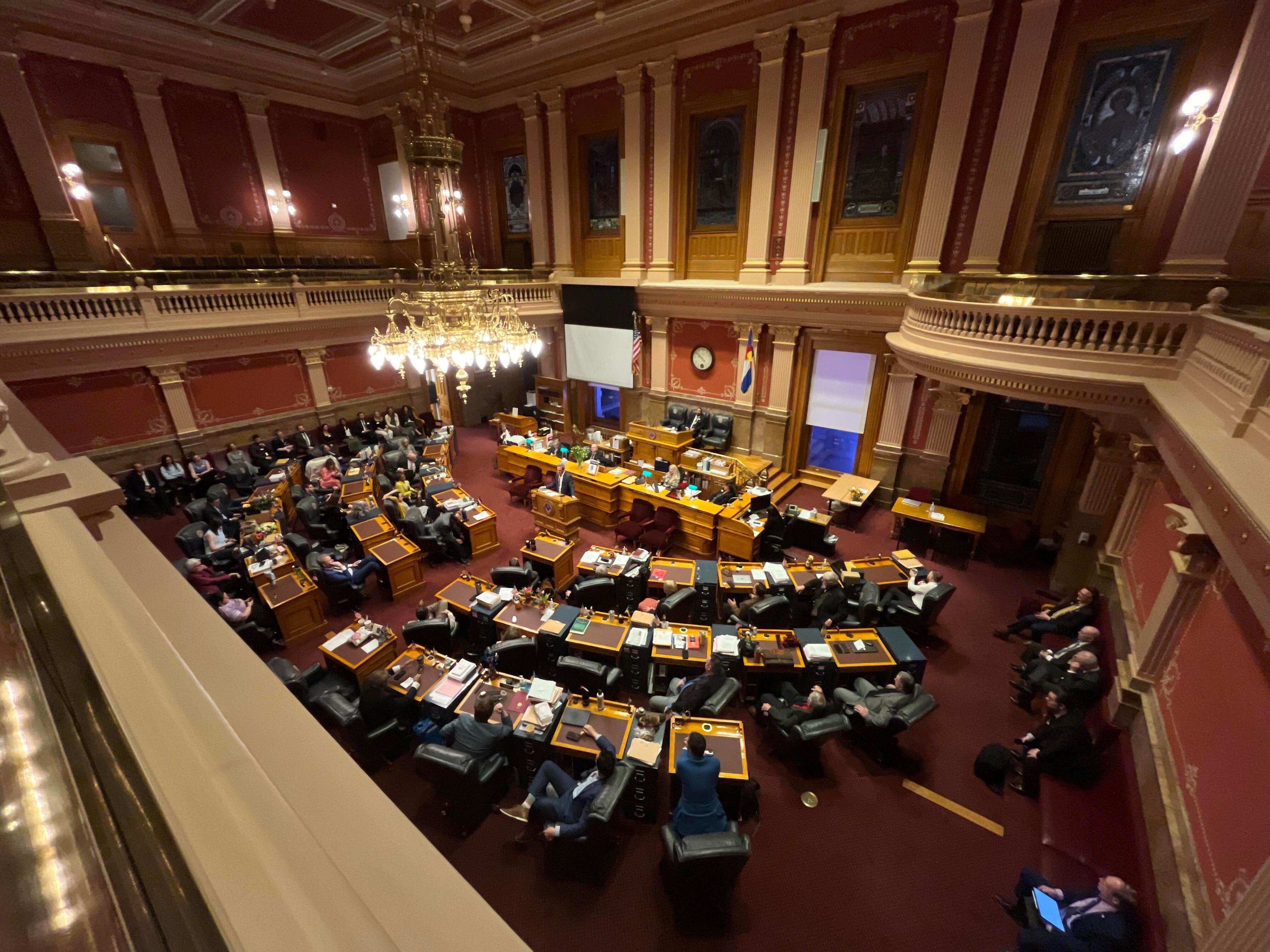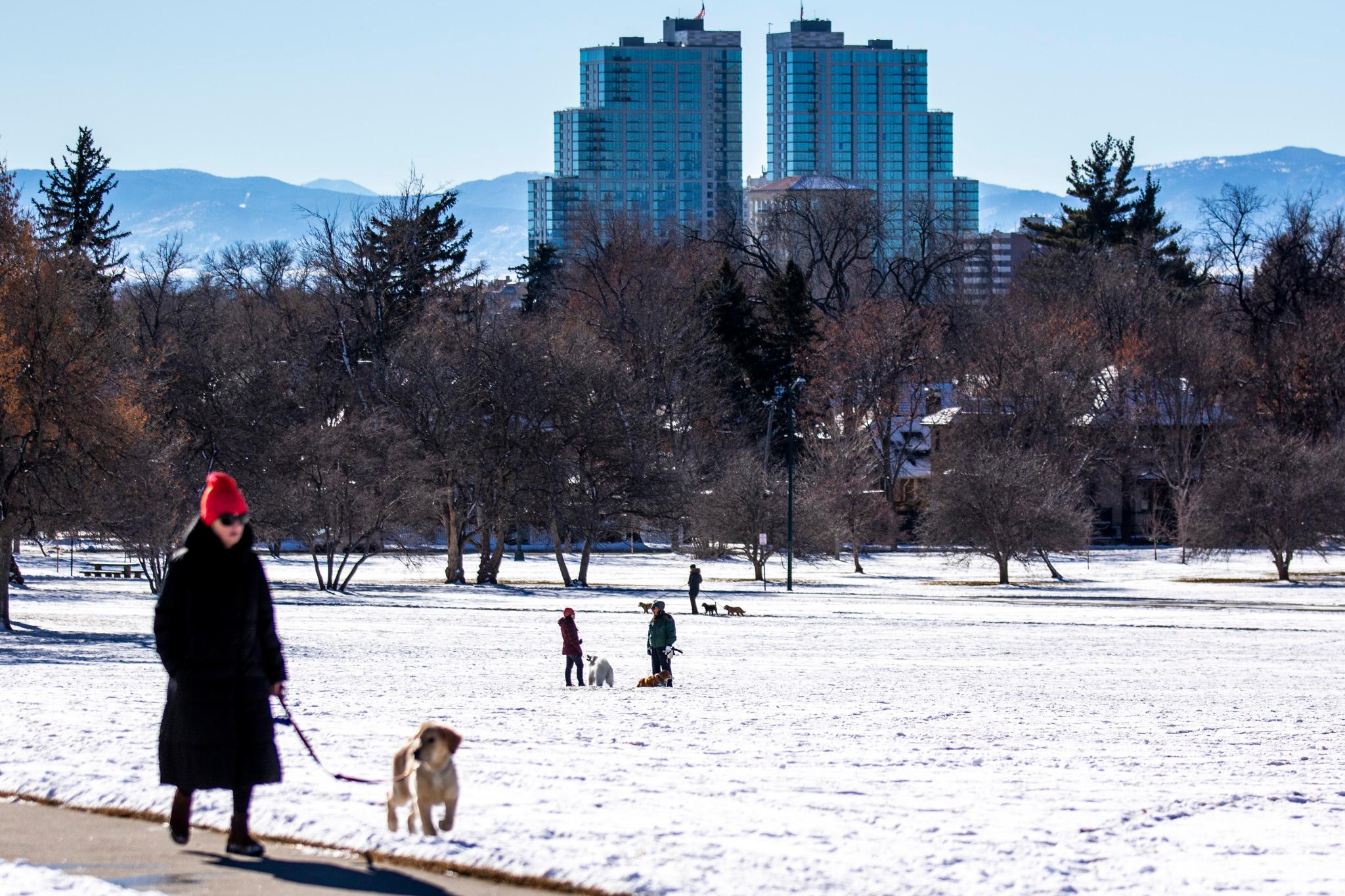
A small, abandoned town in Colorado is having an Atlantis moment.
Iola had been deep underwater since the 1960s, when the Blue Mesa Dam and Reservoir were first built and filled. It was one of three towns, several ranches and a handful of world-renowned flyfishing resorts swallowed up by the reservoir.
But the drought that ravaged Colorado this year has dropped Blue Mesa Reservoir's water levels to historic lows. As the water drained to just 39 percent capacity, Iola rose again.
It's now possible to walk the outlines of old streets. Many foundations have reappeared, including the town's general store, the Big Little Store. They're the only traces of the buildings that remain. The cement base of the school's flag pole has the initials of students and local cattle brands inscribed in it. You could even kick around Coors cans so old, you would have used a church key to open them.

Western Colorado University historical researcher Dave Primus has studied the area for years, and has visited the haunting streets of Iola several times since it emerged.
“Iola wasn’t a very big town, but a lot of the foundations, oh 10 and 15 foundations, have appeared," Primus said.
The Blue Mesa Dam was built in the 1960s as a part of a Bureau of Reclamation Colorado River Storage Project, which collects water from the Colorado River and its offshoots for agricultural, municipal and power generation uses across the Southwest.
Iola is the first and maybe only of the buried structures to emerge after the drought because the town was on the upper end of the lake.

About 200 to 300 people were displaced over the 10-year period the Blue Mesa Reservoir was created, Primus said.
“It was really hard for people. They lost their livelihoods. Many of them lost their homesteads that had been in the family for three, four generations," Primus said.
At the time, they were the only vocal opponents of the project. People from larger surrounding towns such as Gunnison, Montrose and Crested Butte thought the dam and reservoir would be an economic boon.
Primus would like to remind any visitors that removal of artifacts is illegal on lands administered by the National Park Service.








